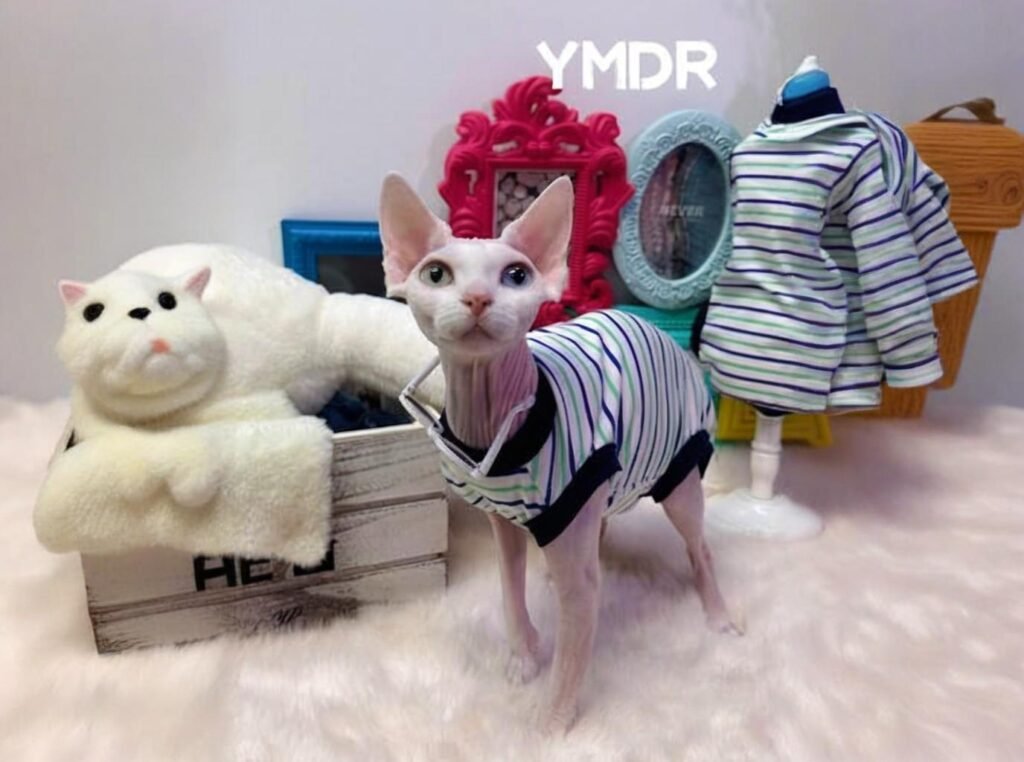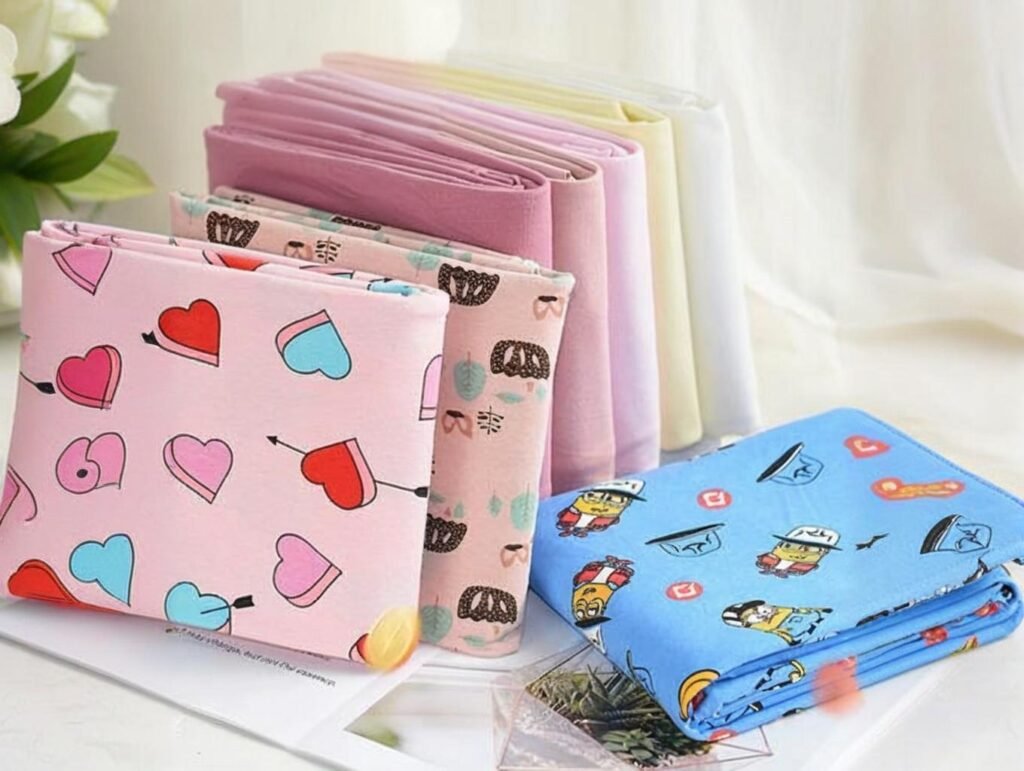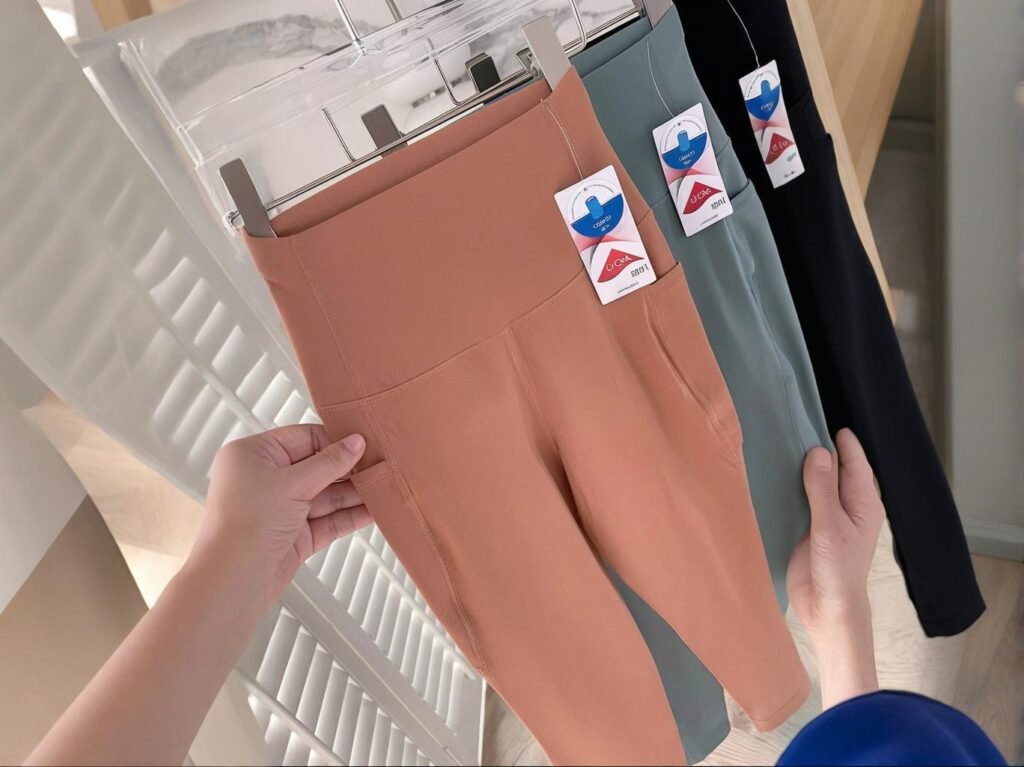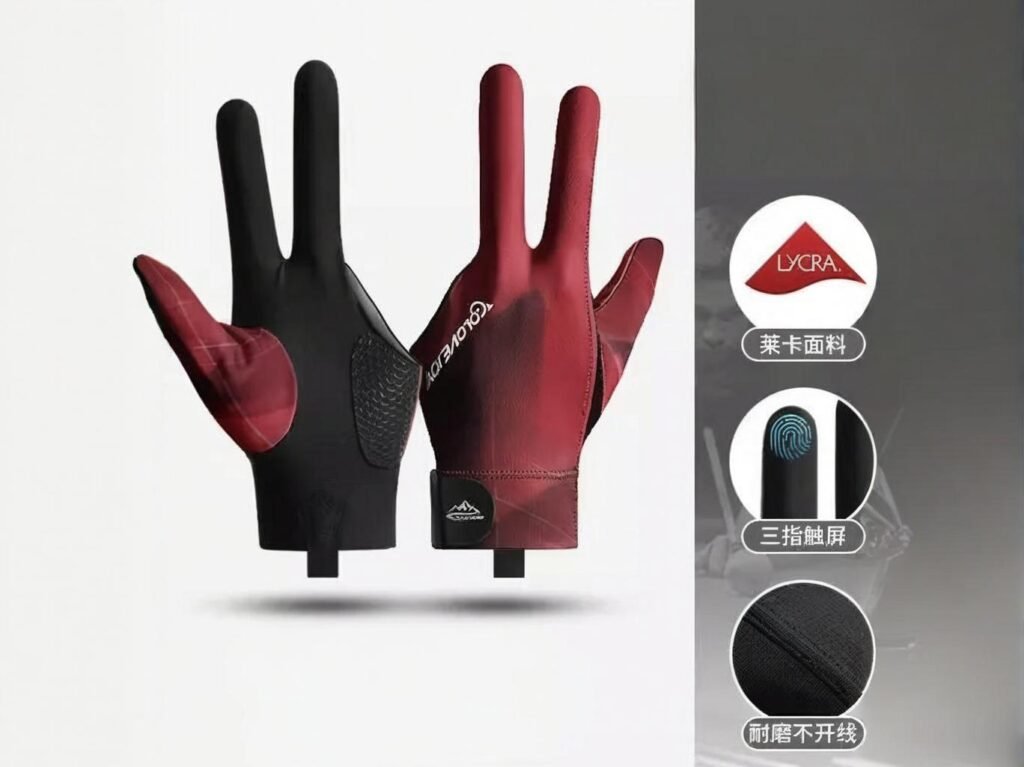
In the sportswear and activewear industry, product performance hinges on the smallest fibers—literally. Lycra elastane, often used in quantities as low as 5–15%, can make or break how a garment fits, stretches, and lasts. But many buyers overlook a critical step before placing large orders: testing Lycra quality before mass production. And when this step is skipped? It can lead to returns, customer dissatisfaction, or even product recalls.
Testing Lycra elastane quality before mass production involves verifying stretch and recovery performance, fiber composition, durability, and brand authenticity using both lab-certified and in-house quality control methods.
In 2023, one European fitness apparel startup launched a yoga line with Lycra-blended leggings sourced from an uncertified supplier. Within three months, 18% of customers complained about sagging, and the brand was forced to recall over 7,000 units. Their error? They skipped pre-production fabric testing.
So how do experienced textile buyers avoid this costly mistake? Let’s begin by understanding what actually defines Lycra fabric quality—and how to measure it before it’s too late.
What Are the Key Indicators of Lycra Elastane Fabric Quality?
Key indicators of Lycra elastane fabric quality include stretch and recovery rate, fiber blend accuracy, surface finish, pilling resistance, and consistent performance across batches. High-quality Lycra should maintain shape, comfort, and elasticity after repeated stress.
A Lycra fabric may look good to the naked eye, but the real test lies in performance over time. These indicators help buyers identify fabrics that will perform well in use and survive repeated washes, high tension, and intense movement.
Evaluating Quality from Multiple Angles
1.1 Stretch & Recovery Rate
This measures how much the fabric can elongate and return to its original shape.
| Test Type | Good Lycra (15% content) | Poor Quality Lycra (below 8%) |
|---|---|---|
| Stretch Elongation (%) | 500%–700% | <300% |
| Recovery Time (seconds) | <4.5 | >10 |
| Post-Stretch Deformation | <3% | >8% |
1.2 Yarn Composition Accuracy
Lycra is typically blended with other fibers like nylon, polyester, or cotton. A misrepresented blend (e.g., claimed 10% Lycra but actually 5%) affects elasticity.
- Solution: Run FTIR analysis or burn tests to verify fiber identity and ratio.
- Tip: Always require a detailed fabric spec sheet and composition certificate.
1.3 Fabric Surface & Uniformity
Look for:
- Even tension throughout the roll
- No ripples, curling, or sheared edges
- No oil spots or dye bleeding
1.4 Performance Certifications
Ask if the fabric has:
- OEKO-TEX® Standard 100
- REACH chemical compliance
- LYCRA® brand certification (if trademarked)
How Is Stretch and Recovery Tested in Lycra Fabrics?

Stretch and recovery are tested using methods like the ASTM D3107 or ISO 14704-1 standards, where fabric elongation and recovery percentages are measured after applying tension. These lab tests simulate real-life garment use, ensuring consistency and resilience.
Without consistent stretch and recovery, leggings may sag, swimwear may loosen, and compression gear may fail to support. A proper test confirms that the Lycra behaves the same in 10,000 garments as it did in 1 swatch.
Methods to Test Stretch & Recovery
2.1 ASTM D3107 (Standard Test for Stretch Properties)
This is the most widely accepted method for testing stretch recovery.
| Step | Description |
|---|---|
| Cut fabric sample | Usually 150mm long x 50mm wide |
| Apply force/stretch | Stretch the fabric to a defined extension (e.g., 50%) |
| Hold & release | Hold for 1 min, release, then rest 1 min |
| Measure recovery | Record original vs. final length |
2.2 ISO 14704-1 (Method for Elastic Fabrics)
More suitable for circular knit fabrics with high Lycra content.
| Test Factor | Lycra Benchmarks |
|---|---|
| Extension (%) | 400–700% |
| Residual Deformation | <2.5% after release |
| Recovery Time | <5 seconds |
2.3 Real-Life Simulation: DIY Stretch Board
For smaller buyers without lab access:
- Mount fabric on a rigid foam board
- Stretch by 50% length
- Release after 30 seconds
- Observe whether it bounces back fully in <5 seconds
- Check for rippling or tension lines
“Always compare at least 2–3 lots for uniformity. One roll of good Lycra doesn’t guarantee consistent batch quality.”
Which Laboratory Tests Are Essential for Lycra Quality Verification?
Essential lab tests for Lycra elastane quality verification include tensile strength, elongation at break, recovery rate, fiber composition analysis, colorfastness, pilling resistance, and chemical compliance. These tests help brands validate both performance and safety.
For serious B2B buyers, relying on visual inspection or fabric feel is not enough. Laboratory testing—either conducted in-house or via third-party testing services—is the gold standard for verifying Lycra fabric quality before production scale-up.
A Breakdown of Lycra-Specific Lab Tests
3.1 Tensile Strength & Elongation
Measured by ISO 13934-1 or ASTM D5034, this test confirms how far the fabric can stretch and still hold together.
| Metric | Standard Value for Lycra Blends |
|---|---|
| Elongation at Break | 400%–700% |
| Maximum Load (N) | 20–45 N depending on blend |
3.2 Recovery Rate Testing
Tested via ASTM D3107 or ISO 14704-1, as detailed in Part 1.
- Important for compression gear and high-flex clothing.
- Ensure residual deformation is under 3% after 5 cycles.
3.3 Fiber Composition Verification
Use Fourier Transform Infrared Spectroscopy (FTIR) or burn tests to confirm Lycra content and identity.
- Helps detect fake or underrepresented Lycra blends
- Ensure Lycra content matches tech pack (e.g., 12%, not 5%)
3.4 Colorfastness to Washing, Rubbing, and Sweat
Especially critical for dyed Lycra used in sportswear.
| Test Type | Standard | Minimum Acceptable Grade |
|---|---|---|
| Colorfastness to Wash | ISO 105-C06 | 4/5 |
| Colorfastness to Rubbing | ISO 105-X12 | 4 (dry), 3 (wet) |
| Colorfastness to Sweat | ISO 105-E04 | 4 |
3.5 Chemical Safety & Compliance
Confirm absence of restricted substances through:
- OEKO-TEX® Standard 100
- REACH compliance (for EU market)
- California Proposition 65 (for US market)
SzoneierFabrics provides pre-tested Lycra fabrics with full ISO, OEKO-TEX, and REACH documentation upon request.
How Do You Perform a Pilling and Abrasion Resistance Test on Lycra?

Pilling and abrasion tests are conducted using the Martindale or ASTM D4970 method to determine how resistant Lycra fabrics are to surface wear. These tests simulate repeated rubbing and friction under controlled pressure.
Even high-stretch fabrics can lose their premium look and feel if they start to pill or show fuzzy spots after just a few wears. For sportswear that endures constant motion and machine wash cycles, abrasion testing is a must.
Pilling & Abrasion Resistance Methodology
4.1 Martindale Abrasion Test (ISO 12947)
- Fabric sample is rubbed in a figure-8 motion against a wool abradant.
- Number of rubs (cycles) until wear-through is recorded.
| Application | Recommended Lycra Blend | Minimum Martindale Cycles |
|---|---|---|
| Casual Leggings | Cotton + Lycra (8%) | 15,000 |
| Sportswear Tights | Nylon + Lycra (12–18%) | 25,000 |
| Cycling Shorts | Polyester + Lycra (15%) | 30,000+ |
4.2 ASTM D4970 (Random Tumble Pilling)
- Used to simulate mechanical pilling caused by repeated movement.
- Fabric is tumbled with cork or synthetic particles for 30–60 minutes.
| Pilling Grade (1–5) | Description |
|---|---|
| 5 | No pilling |
| 4 | Slight fuzzing/pilling |
| 3 | Moderate pilling visible |
| Below 3 | Rejected for activewear |
4.3 Real-World Tip: Try the Rubbing Test
- Use a white cotton swatch and rub it against the Lycra fabric for 60 seconds.
- If fibers shed or fuzz appears, the fabric has low pilling resistance.
Pro Insight from Szoneier QC Team: “We recommend testing abrasion on both face and reverse sides of the fabric, especially for dual-finish leggings or yoga gear.”
Is There a Standard Lycra Composition Ratio for Performance Fabrics?
Yes, Lycra composition in performance fabrics typically ranges from 5% to 20%, depending on the garment type and desired functionality. Higher Lycra ratios increase stretch and compression, while lower percentages offer mild elasticity for comfort and movement.
The right Lycra ratio is essential. Too little Lycra, and the garment lacks stretch. Too much, and the fabric may feel overly tight or become difficult to sew. Choosing the right ratio balances fit, durability, stretch range, and end-use performance.
Optimal Lycra Blend Ratios by Product Type
| Application Type | Recommended Lycra % | Base Fabric | Functionality |
|---|---|---|---|
| Yoga Leggings | 12–15% | Nylon/Polyester | 4-way stretch, shape retention, soft comfort |
| Compression Garments | 15–20% | Nylon or Spandex-rich | High tension, muscular support |
| Activewear Tops | 5–8% | Cotton/Polyester Blend | Comfort with flexibility |
| Swimwear | 18–22% | Poly/Spandex | Chlorine resistance, recovery in wet use |
| Woven Stretch Pants | 2–5% | Cotton or Twill | Mild stretch for movement |
| Cycling Shorts | 15–20% | Polyester/Lycra | High-speed recovery, aerodynamic shaping |
5.1 How to Confirm Lycra Percentage
- Ask for the full tech pack and test report with fiber percentages from the mill.
- Run a lab-based FTIR spectroscopy to confirm.
- Conduct stretch elongation comparisons between known and unknown samples.
5.2 Impact on Production
- Higher Lycra % may require adjustments in sewing tension, needle type, and finishing process to avoid puckering.
- Blends with 15%+ Lycra demand heat-controlled dyeing and precise stentering to avoid shrinkage.
We help buyers adjust their GSM and Lycra % side by side—ensuring proper stretch and structural strength, especially for brands creating premium-grade apparel.
What Common Defects Should You Watch for in Lycra Fabric Rolls?

Common defects in Lycra fabric rolls include uneven dyeing, rolling edge curls, fabric curling, skipped stitches, holes, needle lines, and inconsistent elasticity across the roll. These defects can compromise production efficiency and final garment quality.
Before you greenlight a bulk Lycra order, roll inspection is a must. Physical flaws may seem minor at first glance, but once in production, they often cause:
- Uneven seam tension
- Misaligned panels
- Return claims for comfort issues
Visual & Physical Defects to Inspect
6.1 Physical Defects
| Defect Type | Cause | Effect on Garment |
|---|---|---|
| Curling Edges | Improper tension or finishing | Poor lay-flat during cutting |
| Needle Lines | Mechanical stress in knitting machine | Visible lines post-dyeing |
| Snags or Holes | Yarn breakage during knit or handling | Structural weakness |
| Uneven GSM | Inconsistent yarn tension | Patchy look, sizing issues |
6.2 Color and Surface Issues
- Uneven dye absorption: Appears as “clouds” or darker spots on the roll.
- Streaking: Often from residue or oil during dyeing.
- Shiny patches: Caused by overpressing or poor stenter control.
Use LED flood lights and stretch test boards to inspect rolls under tension. Stretch the fabric in 4 directions—this is when most hidden defects appear.
6.3 Batch-to-Batch Variability
- One of the most frustrating issues is getting different GSM, stretch rates, or color tones between two rolls of “identical” fabric.
- Request a batch consistency certificate or keep a retained swatch file to compare new deliveries.
Pro insight from Szoneier’s QA team: “We recommend checking both the face and reverse sides of Lycra fabric. A defect on the inside can affect sewing ease and seam stretch performance.”
How Can You Validate Lycra Brand Authenticity from Suppliers?
You can validate Lycra brand authenticity by requesting trademark licensing documents, checking for official LYCRA® product labels, verifying supplier registration with The LYCRA Company, and reviewing fiber certification reports. Only verified Lycra fabrics offer guaranteed performance.
With many knock-off “Lycra” claims in the global market, buyers must distinguish between genuine LYCRA® fiber and generic elastane. Although both may stretch, real Lycra ensures consistency, durability, and customer trust.
Lycra Authenticity Verification Steps
7.1 Ask for LYCRA® Licensing Documentation
- Genuine suppliers have an authorized license agreement with The LYCRA Company.
- Ask for a supplier code or certificate of partnership.
7.2 Confirm Through Hangtags or Branding Support
- Licensed manufacturers can use:
- LYCRA® branded hangtags
- Official LYCRA logos
- Access to The LYCRA Company’s co-marketing programs
You can directly email customer.enquiries@lycra.com with supplier name and sample images to verify license status.
7.3 Review Technical Data Sheets
Look for:
- Fiber identification as LYCRA® fiber (not just “spandex” or “elastane”)
- Blend ratios with LYCRA trademarked series, e.g.:
- LYCRA® T400® for stretch-woven
- LYCRA® SPORT for activewear
- LYCRA® XTRA LIFE for swimwear
7.4 Red Flags of Counterfeit Lycra
| Warning Sign | Potential Issue |
|---|---|
| Supplier refuses to show licensing | May be using generic or counterfeit yarn |
| No LYCRA reference on invoice/spec | Not using certified fibers |
| Poor stretch recovery or yellowing | Substandard elastane used |
Products made with genuine LYCRA® typically perform better in chlorine resistance, UV durability, and multi-cycle wear tests.
Are There On-Site Methods for Testing Lycra Before Bulk Production?

Yes, there are multiple simple and cost-effective on-site methods to test Lycra before mass production, including stretch recovery boards, rubbing tests, burn tests, color swatch matching, and sample batch garment mock-ups. These offer fast pre-screening before lab verification.
For small brands or buyers without in-house labs, it’s still possible to catch major Lycra issues before they hit your production line. These methods aren’t lab-certified but are incredibly helpful in practical decision-making.
On-Site Lycra Testing Techniques
8.1 4-Way Stretch Recovery Board
- Stretch a fabric swatch in 4 directions to 150%
- Hold for 30 seconds, release, and measure return
- Good Lycra returns to within 5% of original length
8.2 Burn Test (for Fiber ID)
- Carefully burn a small yarn sample
- LYCRA® emits a sharp chemical odor and melts into a soft bead
- Cotton will ash; polyester will harden and darken
Perform only in a safe, ventilated area.
8.3 Wash & Dry Test
- Wash a 30cm swatch 3x under 40°C
- Observe any puckering, shrinkage, or sagging
- Lycra fabric should maintain original stretch post-wash
8.4 Real-Life Garment Mock-Up
- Create 1–2 sample pieces using your desired pattern
- Have testers perform squats, stretches, or workouts
- Collect feedback on feel, stretch, and retention
8.5 Tactile Test with Gloves
- With clean hands or fabric gloves, stretch the fabric
- Good Lycra should feel resistant yet fluid, not dry or crunchy
- Look for spring-back and no delayed sagging
Test Before You Trust—And Partner with SzoneierFabrics for Verified Lycra
When sourcing activewear fabric, Lycra’s elasticity is a game-changer—but only if it’s authentic, tested, and consistent. From lab-based tensile strength and colorfastness checks to on-site stretch boards and recovery tests, quality assurance before mass production is not optional. It’s your brand’s first line of defense.
At SzoneierFabrics, we’ve helped hundreds of brands—from boutique yoga labels to global sportswear houses—test, customize, and produce Lycra-enhanced fabrics with confidence. Our facilities follow international testing protocols and offer:
✅ Certified Lycra blends ✅ Free test reports on stretch, pilling, and dyefastness ✅ Low MOQ customization ✅ Fast sampling and swatch delivery ✅ OEKO-TEX® and REACH compliance
Want to test your Lycra fabric before placing a bulk order? Contact SzoneierFabrics today for free sampling, lab testing support, and a custom quote. We’ll help you move from swatch to scale—with no surprises.

